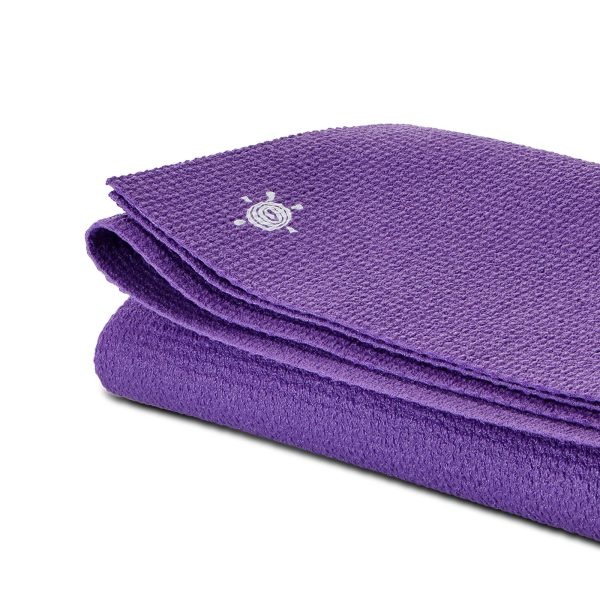What to look for in yoga mat? Yoga has become an incredibly popular form of exercise and relaxation for people all around the world. One of the essential accessories for any yoga practitioner is a good quality yoga mat. There are countless options available on the market, so it can be overwhelming to decide which one is best for you. This article will explore the key factors to consider when looking for the perfect yoga mat, ensuring that you make an informed decision that best meets your needs and preferences.
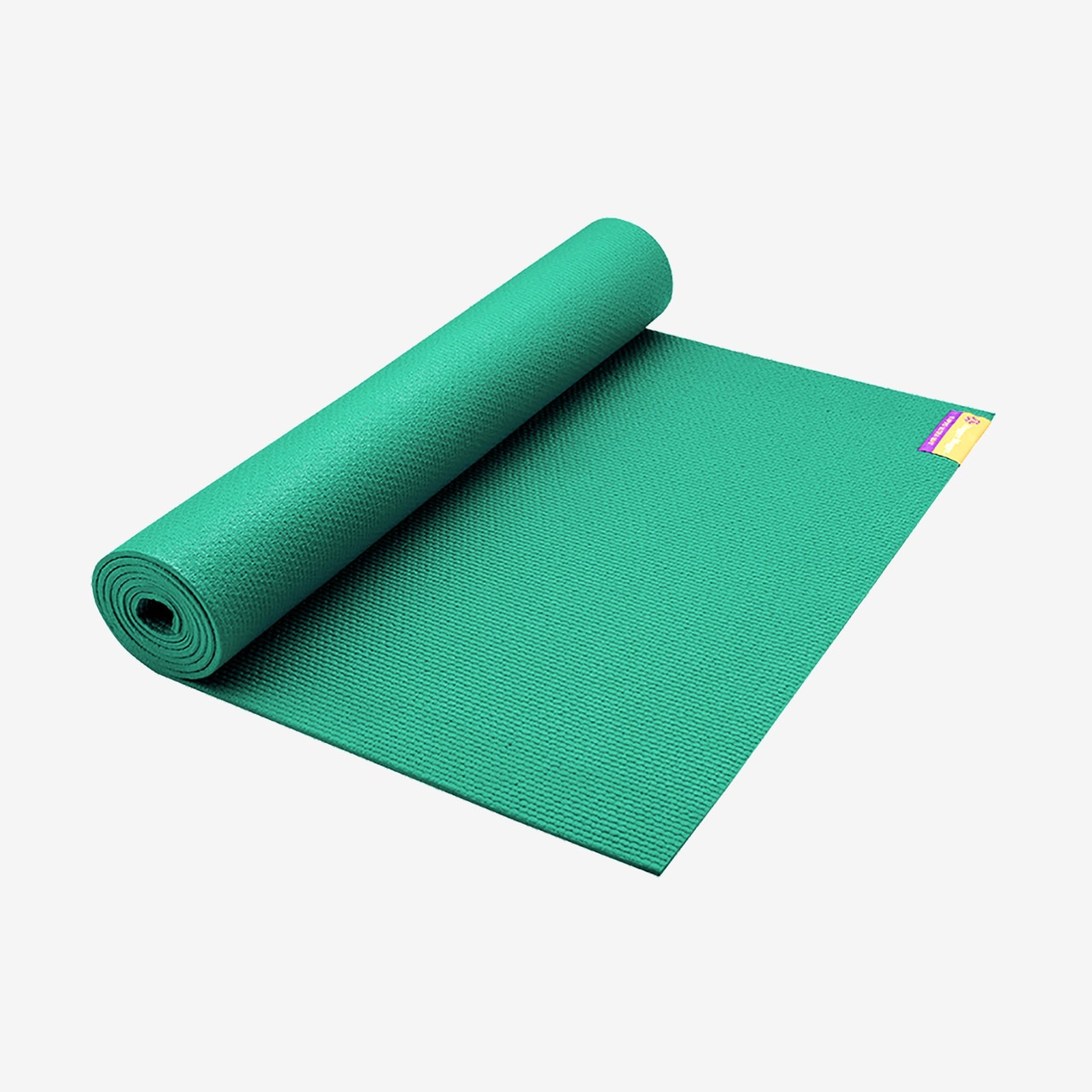
Material
What to look for in yoga mat? One of the most critical factors to consider when choosing a yoga mat is the material it is made from. Yoga mats are available in a variety of materials, each with its own benefits and drawbacks. The most common materials include PVC, TPE, rubber, and natural fibers like cotton or jute.
PVC, or polyvinyl chloride
Is a popular choice for yoga mats because it is durable, affordable, and provides excellent grip. However, PVC is not the most environmentally friendly option, as it is not biodegradable and may contain harmful chemicals.
TPE, or thermoplastic elastomer
Is a more eco-friendly alternative to PVC. It is biodegradable, lightweight, and offers good cushioning and grip. TPE mats are also free from harmful chemicals, making them a safer option for both the practitioner and the environment.
Rubber mats are another popular choice for yoga practitioners as they are high in grip, durable, and provide excellent cushioning. Natural rubber is a sustainable and eco-friendly option, but be mindful that some people may have latex allergies and should avoid using rubber mats.
Natural fiber mats
Such as cotton or jute, are an excellent choice for those seeking a more natural and environmentally friendly option. These materials provide a good grip and are biodegradable, making them an eco-conscious choice. However, they may not offer as much cushioning as rubber or PVC mats.
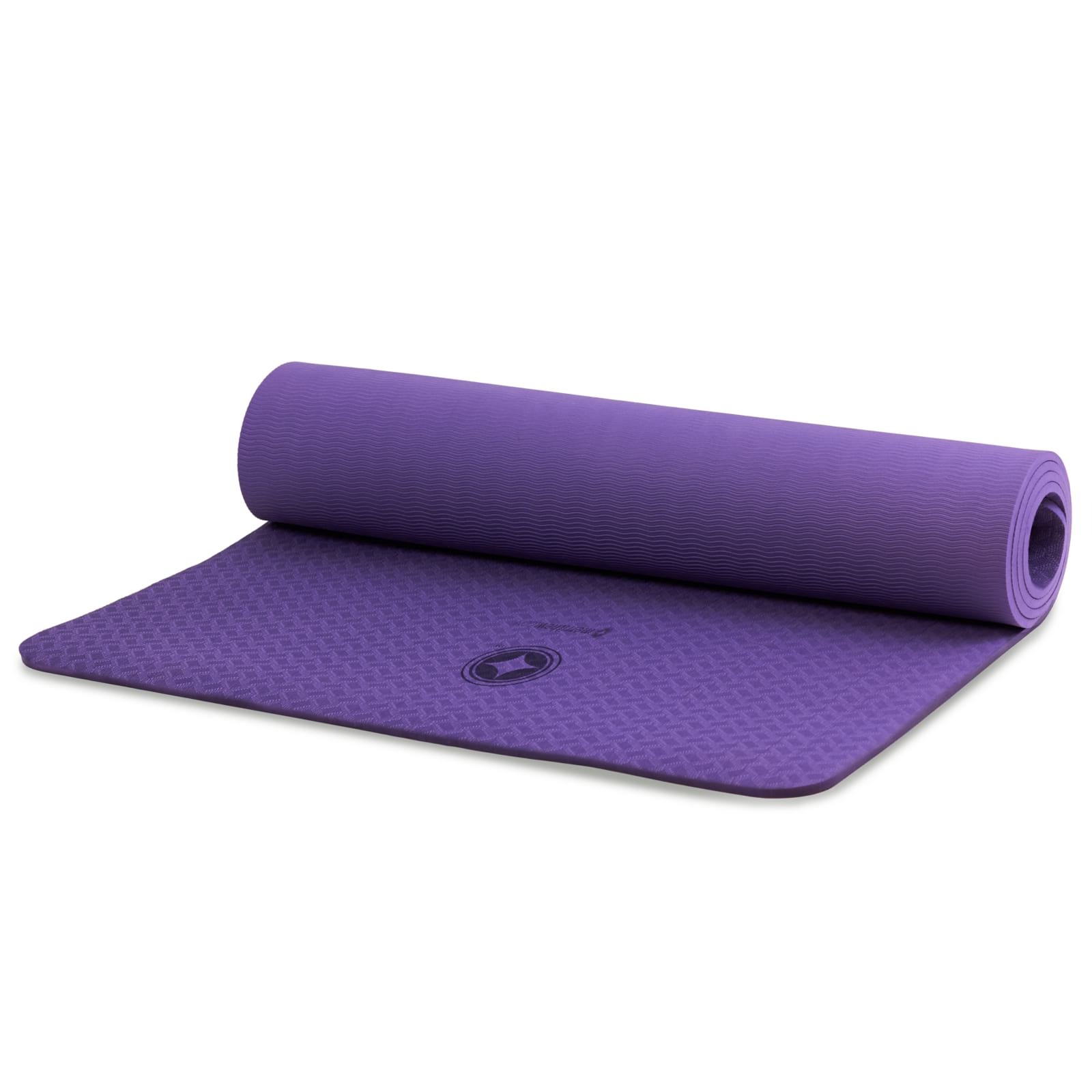
Thickness
The thickness of a yoga mat is another important factor to consider. Thicker mats offer more cushioning and support, making them ideal for those with joint pain or practicing on hard surfaces. Thinner mats, on the other hand, provide more stability and are easier to balance on. The standard thickness for most yoga mats is around 1/8 inch, but thicker options ranging from 1/4 to 1/2 inch are also available for those seeking extra cushioning.
It is essential to consider the type of yoga you will be practicing when choosing the thickness of your mat. For practices that involve a lot of standing poses and balance work, a thinner mat may be more suitable. However, for practices that involve more seated and reclined postures, a thicker mat may be more comfortable.
Texture
The texture of a yoga mat plays a significant role in its grip and comfort. Most mats have a textured surface to provide traction and prevent slipping during poses. Common textures include a smooth surface, a raised pattern, or a rough, sticky texture.
Smooth surfaces are generally easy to clean and maintain, but they may not offer the best grip, especially when the hands or feet become sweaty during a vigorous practice. Mats with a raised pattern or rough, sticky texture provide better traction and grip, making them suitable for practitioners who sweat a lot or prefer a more secure foothold during their practice.
It is essential to consider personal preferences when choosing the texture of your mat. Some practitioners may find a rough, sticky texture uncomfortable, while others may prefer the extra grip it provides.
Size and Weight
Yoga mats come in a variety of sizes, and it is essential to choose one that best suits your needs and body size. The standard size for most yoga mats is 68 inches long and 24 inches wide, but longer and wider options are available for taller or broader individuals. Be sure to consider the portability of the mat if you plan to transport it frequently, as thicker and larger mats can be heavier and less convenient to carry around.
Durability
The durability of a yoga mat is another crucial factor to consider. A good quality mat should be able to withstand regular use and maintain its shape and texture over time. Look for mats that are made from high-quality materials and have a good reputation for longevity. It is also essential to consider factors like resistance to tearing, stretching, and fading, as well as ease of cleaning and maintenance.
Eco-Friendliness
For those who are conscious of their environmental impact, choosing an eco-friendly yoga mat is an essential consideration. Look for mats that are made from sustainable and biodegradable materials, free from harmful chemicals, and produced in an environmentally responsible manner. Many companies now offer eco-friendly options, so be sure to research and compare different brands to find the most sustainable choice for your practice.
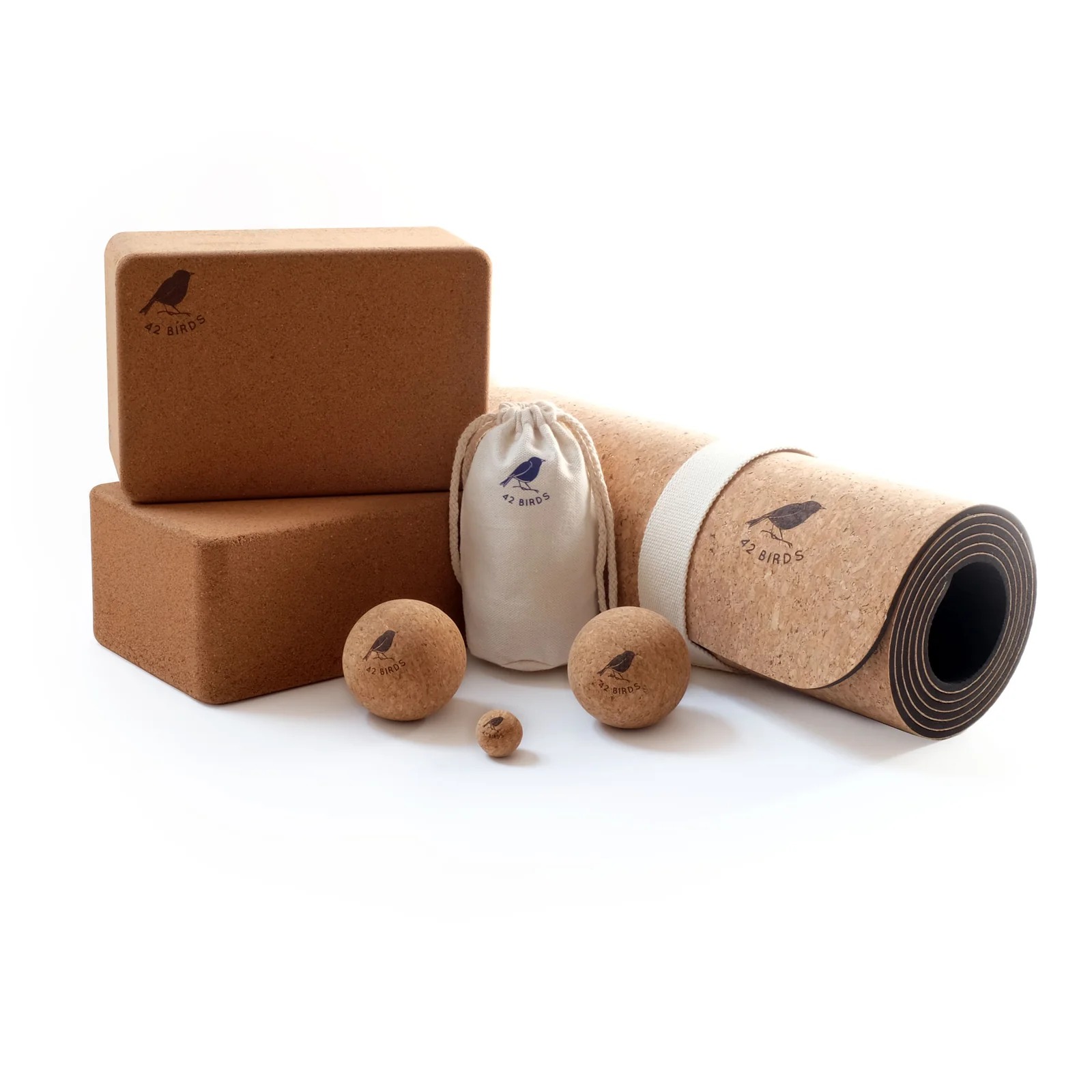
Price
The price of a yoga mat can vary widely, depending on the brand, material, and quality. It is essential to set a budget and consider your priorities when choosing a mat. While it may be tempting to opt for a cheaper option, investing in a good quality mat can make a significant difference in your practice and overall experience. That being said, there are plenty of affordable options available that offer good quality and performance, so be sure to compare prices and read reviews before making a decision.
What to look for in yoga mat? Finding the perfect yoga mat may take some time and research, but considering the key factors outlined in this article will help you make an informed decision that best meets your needs and preferences. Whether you prioritize eco-friendliness, durability, or comfort, there is a yoga mat out there for everyone. By carefully considering the material, thickness, texture, size, weight, durability, eco-friendliness, and price, you can find the perfect yoga mat to enhance your practice and support your well-being.
Advantages of yoga mat
Enhanced Comfort and Support
One of the primary benefits of using a yoga mat is the enhanced comfort and support it provides during yoga practice. Yoga involves a combination of standing, sitting, and lying down poses, and performing these poses on a hard or slippery surface can be uncomfortable and challenging. A yoga mat offers a cushioned and non-slip surface that helps to support your body and prevent any discomfort or strain while practicing yoga. The padding of the mat also helps to protect your joints and allows you to focus on your practice without worrying about discomfort.
Stability and Balance
Maintaining stability and balance is crucial for executing yoga poses effectively. A yoga mat provides a stable and non-slip surface that enables you to maintain your balance during standing and balancing poses. The textured surface of the yoga mat creates traction, preventing your hands and feet from slipping, especially during more challenging poses. This stability and balance support offered by a yoga mat allows you to focus on aligning your body and holding the pose correctly, leading to improved posture and better overall performance in your practice.
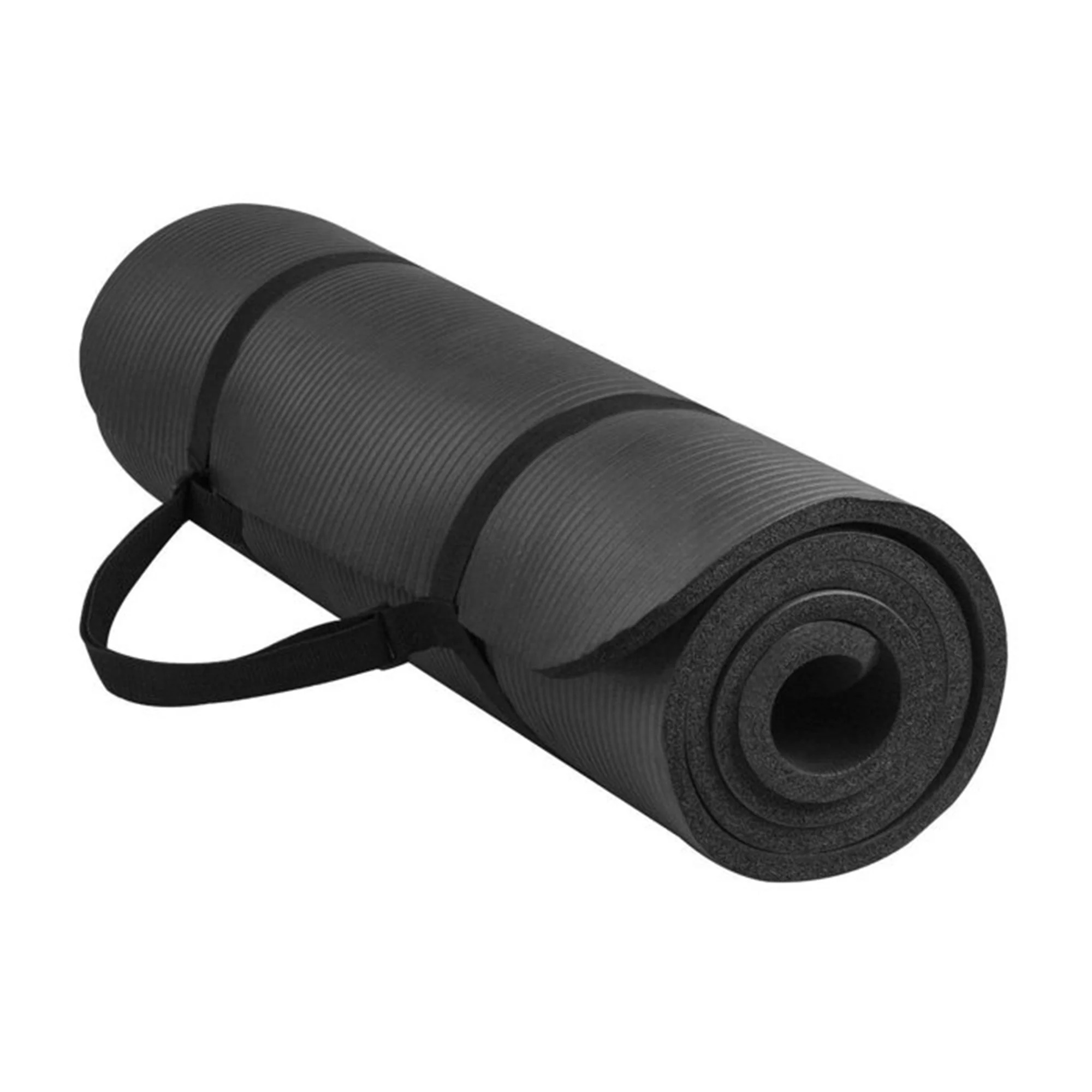
In conclusion
What to look for in yoga mat? A good quality yoga mat is an essential investment for any yoga practitioner, and choosing the right one can significantly impact the overall experience of your practice. It is essential to consider material, thickness, texture, size, weight, durability, eco-friendliness, and price when looking for a yoga mat. By carefully researching and comparing different options, you can find the perfect yoga mat that best suits your needs and preferences, ensuring a comfortable and enjoyable practice for years to come.
